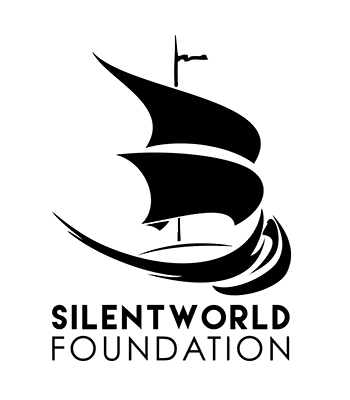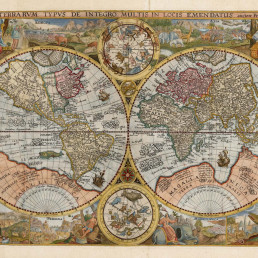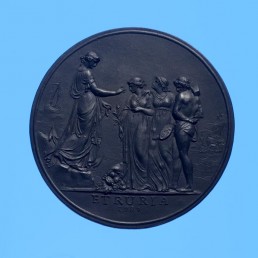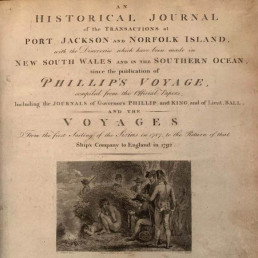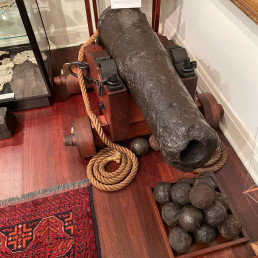
Name/TitleLetter addressed to Governor King, signed by John Macarthur
About this objectA letter from John Macarthur to Governor King regarding the early production of wool in the colony.
John Macarthur arrived in Sydney in 1790 holding the rank of Lieutenant in the New South Wales Corps and was appointed as commandant at Parramatta. Maccarthur is recognised as the pioneer of the wool industry that was to boom in Australia in the early 19th century and become a trademark of the nation.
Macarthur is said to have been a rather ‘argumentative and difficult character’ – this becomes more than conjecture in light of the known numerous disputed in which he was involved with fellow officers and the authorities, even resulting in his fighting a number of duels including one with the acting governor, Colonel Paterson, who was badly wounded in the encounter.
Macarthur returned to London for trial over the duel and to avoid a posting to Norfolk Island, eventually resigned his commission to return to the colony in 1805 where he went on to become the largest wool producer in New South Wales.
MakerJohn Macarthur - Author
Maker RoleAuthor
Date Made1800
Period19th century
Place MadeSydney, Australia
Medium and MaterialsInk (iron gall ink) on paper.
Object TypeManuscripts and Ephemera
Object numberSF000086
Copyright Licence![]() Attribution - Non-commercial - No Derivatives (cc)
Attribution - Non-commercial - No Derivatives (cc)
Explore by category
Maps and Charts
Date range: 1541-1836
Ship Models
Date range: 1629-1890
Maritime Paintings
Date range: 1793-1849
Manuscripts and Ephemera
Date range: 1768-c1850
Medallions & Convict Tokens
Date range: 1619-1880
Landscapes
Date range: 1768-c1850
Books
Date range: 1694-c1850
Currency and Shares
Date range: 1624-1823
Printed Material
Date range: 1541-1836
Maritime Archaeology
Date range: 1629-1854
Curator's corner
New acquisitions, staff favourites and curios
The mug is decorated with an underglaze and a blue transfer print. On the body, it is titled ‘Emigrants to Australia’. This type of body and glaze was discontinued by 1840. Comparison of the handle shape and the profile of the foot, point to the attribution of manufacture by the Davenport Factory.
Delta was a ship-rigged vessel with two decks and three masts. It was built in Dordrecht, Netherlands in 1839 at the shipyard of Jan Schouten and registered in the same port. Its hull was constructed of oak and sheathed in ‘yellow metal’. Delta was owned by H. van der Sande at the time of its loss and was engaged as a cargo trader.
The Delta carried 29 crew and passengers, while sailing from Melbourne to Batavia in ballast when wrecked at Kenn Reefs on 30 May 1854 whilst under the command of Captain J.G. Kunst. This vessel loss supports the pattern of shipwrecks located on a well-travelled shipping route that was poorly charted until the mid-nineteenth century. The crew of the Delta could see four other shipwrecks at Kenn Reefs at the time of their vessel’s loss.
Important image of a ship associated with Matthew Flinders, that would shortly become one of the most famous early shipwrecks in eastern Australian waters. This is a fine ship’s portrait, by one of the great exponents of the art
